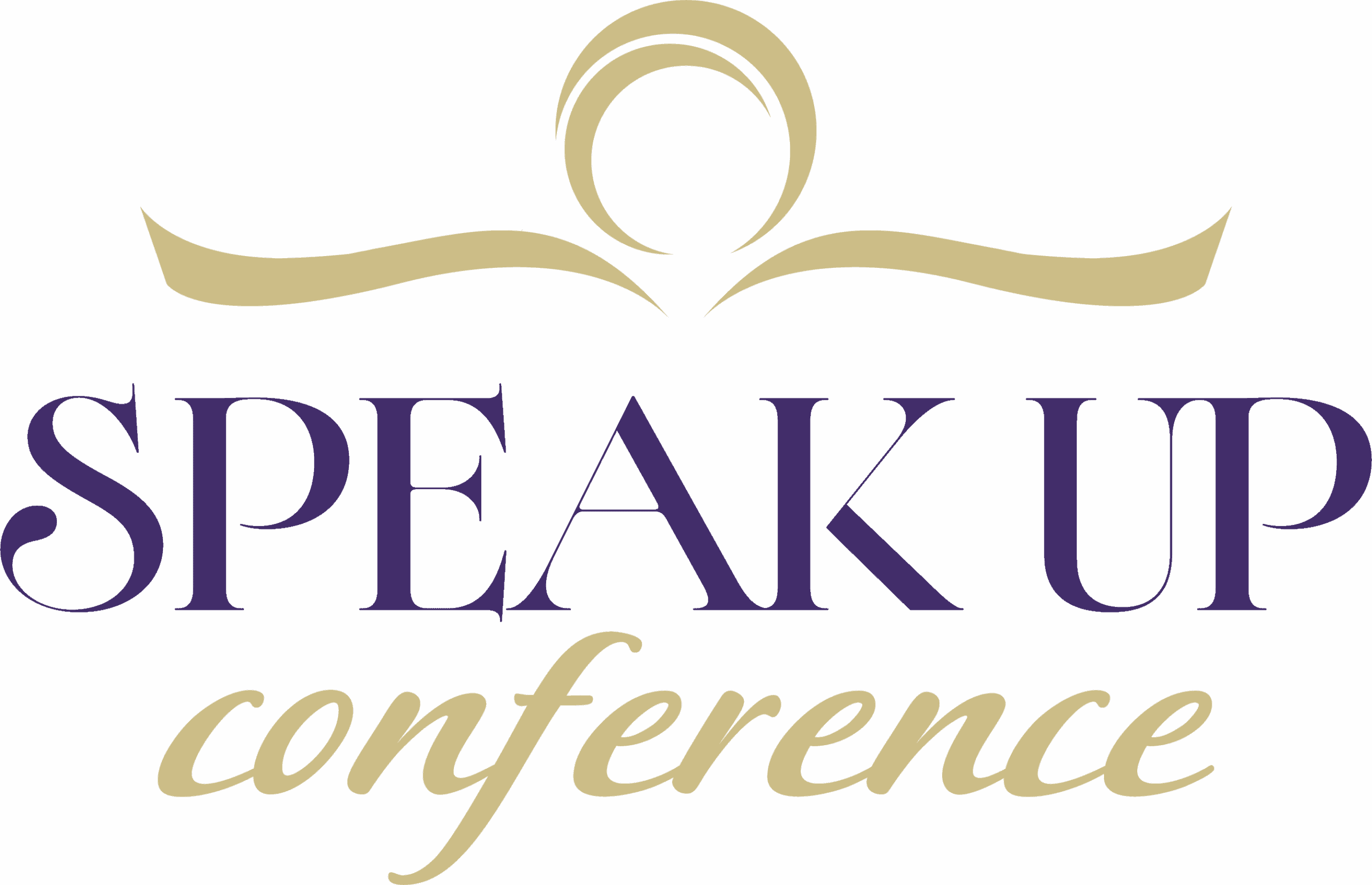
Can you recall a message that captivated you? What made it memorable? Growing up as a PK (preacher’s kid), I still remember one of my father’s sermons. When I entered the sanctuary, a fishbowl filled with water placed next to the pulpit caught my attention. My father mesmerized me as he turned the water dark. Then, the water magically became clear as he explained the impact of Christ’s forgiveness of our sins.
As a teacher, I hoped to have a similar impact on others. When I studied brain development, I discovered the effect of using visual aids. This helped me understand why Jesus used parables and analogies to teach spiritual concepts. He knew how visuals engage the brain differently than verbal communication, increasing retention for the listener. Wouldn’t I want to do the same for my lessons and messages?
“Visuals engage the mind, ease understanding, and are most remembered.”
John Medina
Here are six practical advantages of integrating visual aids into your message or lesson:
- Visuals create curiosity and grab attention.
Has your curiosity ever been piqued when you walk into a program and flowers, shoes, or water pitchers decorate the altar or stage? Often, I receive questions about the displayed items before speaking.
Once, an older man saw the collection of shoes and boots stacked on shelves next to the podium and gruffly asked, “Are we having a yard sale today?”
I smiled and responded, “I know it does look odd, but I guarantee there’s a message in there somewhere.”
Upon leaving the church that morning, he shook my hand and said, “Now that’s a sermon I’ll remember!”
- Visuals activate the long-term memory part of the brain.
Listening to words and seeing something simultaneously activates two parts of our brain, improving our focus and comprehension. I met two women at a wedding last year. They approached me and asked if I was Peg Arnold. I nodded and asked why.
“You spoke about Mary and Martha at our women’s retreat seven years ago. We still remember that message!” I integrated drama, visual props, group discussions, posters, and charts into the messages and activities at that retreat.
- Visuals make abstract and complex ideas more concrete and easier to understand.
As a middle school counselor, I spent years sharing the power of personifying metaphors through visual aids and props. These help to simplify or make the concept come alive for the student. 1
For example, I had a student break a pencil to understand the impact of lying to her mom. We discussed how trust is like a bridge of connection. The broken pencil symbolizes how that trust was broken by her lying. As we taped it together, I explained that, like a broken bone, the trust bond would heal, but it would take time. Even though a pencil will not repair itself, it gave the student a concrete metaphor for the situation. Three weeks later, she pulled the taped pencil out of her pocket, saying, “I still have this!”
- Visual aids trigger emotions.
Frederick Barnard said a picture is worth 1,000 words. Just the right image can evoke emotions. It could be a photograph, an image on a slide, or a physical prop. I’ll always remember Cindy Bultema’s “Red Hot Faith” presentation at Speak Up. It was almost ten years ago, but I still recall her use of coins, black cloth, a thermos, and other props to describe the story of the Laodiceans in Revelations. Her visuals and props brought the conflict and emotions to life. Cindy is a master at using visual aids.
Props can help you when you write. Try placing the specific object next to your computer while describing it. You may be surprised how this approach stimulates your brain and enhances your descriptions and details.
- Visuals with color increase interest and improve focus and memory. [1]
This is an effective marketing strategy used in many advertisements.
- Visual aids can help keep a message organized.
Every new object or differentiated use of an object can be used as a memory trigger for the speaker, re-engaging the audience.
Perhaps you have always believed that visual aids are only helpful with children; I want to challenge you. As a speaker, try integrating a visual aid or prop into your message. Teach like Jesus!
Questions: Have you been impacted by a message with visual aids? How could you or do you use props to captivate your audience? I’d love to read your comments.
[1] Mariam Adawiah Dzulkifli and Muhammad Faiz Mustafar, “The Influence of Colour on Memory Performance: A Review,” Malaysian Journal of Medical Sciences 20, no. 2 (March 2013): 3–9, https://www.ncbi.nlm.nih.gov/pmc/articles/PMC3743993/.
The Conference to Boost You to the Next Level of ALL God Has Called You to!
Registration is open for the 2024 Speak Up Conference. Join us in person, virtually, or as a satellite group. Visit https://speakupconference.com/ to save your spot today!


About Peg Arnold
Peg Arnold, speaker, author, and drama queen for Jesus, inspires others to embrace Christ’s love and grace through dynamic messages that blend personal witness, teachings, and humor. Her devotions can be found on YouVersion, Upper Room, and her own collection, Devotions for the Distracted Heart. In her book, Making Your Message Memorable, Peg explains the importance of learning styles and props, offering over 90 specific resources—a valuable tool for communicators. Connect with Peg at www.pegarnold.org.

This is great, Peg! Props to you.
Lisa, thank you for your support!
You do this in very creative ways! Looking forward to presenting together!
Yes! Using visual aids is a great tool to help us remember. Thank you, Peg, for the reminders! You are a blessing!
Thank you Teresa! I know you use music to help others remember scripture and lay it on their hearts. That is another effective way to glorify God and make our messages memorable.